Aerospace and defence company Leonardo has reported robust results for the first quarter of 2025.
According to a statement released after the company’s Board of Directors meeting, new orders have surged by 20.6%, reaching €6.9 billion, while revenues rose by 14.9% to €4.2 billion.
The company also reported a notable increase in earnings before interest, taxes, and amortisation (EBITA), up by 17.9% compared to the same period last year.
The company’s CEO and General Manager, Roberto Cingolani, stated:
“We are continuing the execution of our Industrial Plan. The first-quarter results, along with the rating upgrade by Standard & Poor’s and the outlook revision by Moody’s, further confirm the positive market reception of the initiatives undertaken and the Group’s strategic outlook. We, therefore, reaffirm our 2025 guidance and our medium-to-long-term targets.”
One of the key highlights of Leonardo’s recent progress is the signing of a Memorandum of Understanding (MoU) with Baykar Technologies. This partnership aims to develop unmanned technologies, reflecting Leonardo’s commitment to expanding its capabilities in advanced aerial systems. Additionally, the company has established a new joint venture, Leonardo Rheinmetall Military Vehicles, with German defence giant Rheinmetall. This collaboration aims to create a new European hub for developing and producing military combat vehicles.
Cingolani elaborated on the strategic moves, stating:
“During the first quarter of 2025, we signed a Memorandum of Understanding with Baykar Technologies for the development of unmanned technologies, aimed at further strengthening our position in the international competitive landscape. We also finalised the establishment of Leonardo Rheinmetall Military Vehicles with Rheinmetall, creating a European hub for combat vehicle development.”
The order backlog now exceeds €46 billion, which indicates a strong pipeline of future projects. The “Book-to-Bill” ratio, a measure of orders received compared to sales, is at 1.7, showing that Leonardo is securing significantly more work than it completes within the same period.
One area of significant improvement is Free Operating Cash Flow (FOCF), which, despite being negative at €580 million due to typical early-year expenditure, has improved by 7.6% from the same quarter in 2024. Leonardo attributes this to better cash management and operational performance.
Net debt, a key measure of the company’s financial stability, has decreased by 27.5% compared to the first quarter of the previous year, now standing at €2.125 billion. This improvement is partly due to the cash inflow from selling the Underwater Armaments & Systems (UAS) business to Fincantieri, a major Italian shipbuilder.
Leonardo’s core businesses, including Helicopters, Defence Electronics & Security, and Aircraft, have all shown strong performance. The company noted particularly significant growth in its helicopter division and continued progress in its defence electronics projects. The recent sale of the UAS business has allowed the company to streamline its operations while still maintaining robust growth in other areas.
Cingolani highlighted the company’s focus on strategic investments, saying:
“We are building on more than €1.0 billion of capital expenditure in 2024, as we increase capacity for the future as well as develop and modernise our systems.”
Leonardo says that it remains committed to advancing its technological capabilities, focusing on areas such as electronic warfare, autonomy, laser-guided weapons, uncrewed air systems, and synthetic training.
As Leonardo pushes forward with its strategic initiatives, the company’s outlook for 2025 remains positive, with expectations for continued revenue and profitability growth.



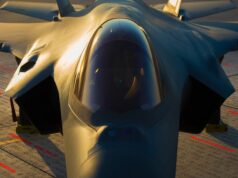

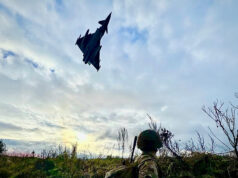
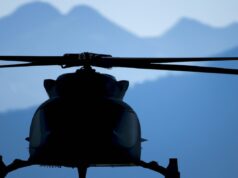
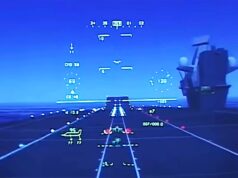
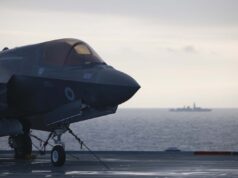
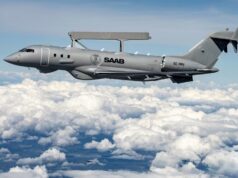
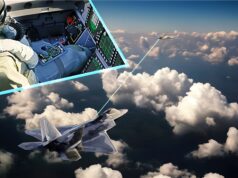
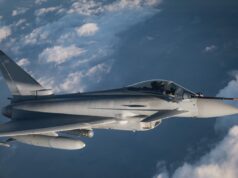
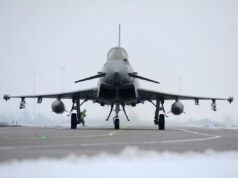

500 years since he gave the world the “Aerial Screw”. Wonder if a few dozen more Merlins could be bought at a discount ?
It’s all up in the air at the moment.
The current boom in the defense industry has to start showing dividends not just for business but for the nations defense. Weapons programmes must speed up as must warship building.
The boom has to start closing the various capability gaps, new missiles should no longer take decades to become a reality.
I keep reading about our latest carrier deployment and how powerful it is. The reality is that our F35s are severely limited, older generation air to air missiles and posh bombs are not where we should be. Admittedly we have no control over the pace of weapons integration for the F35 but the point remains.